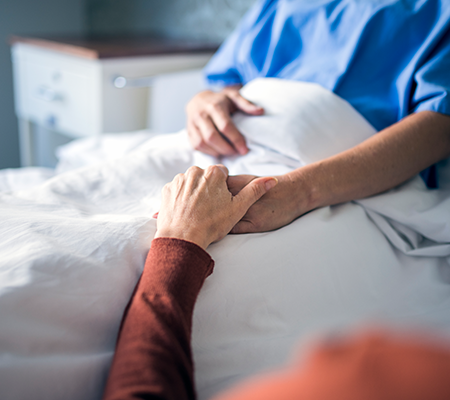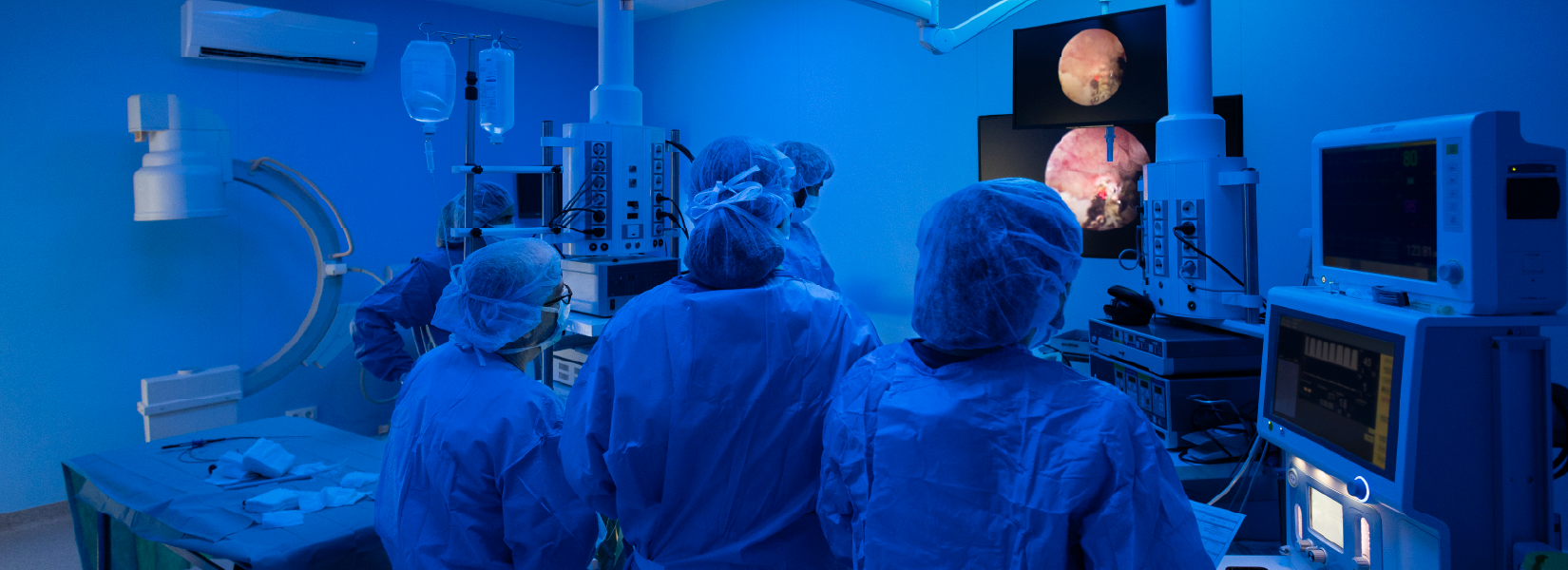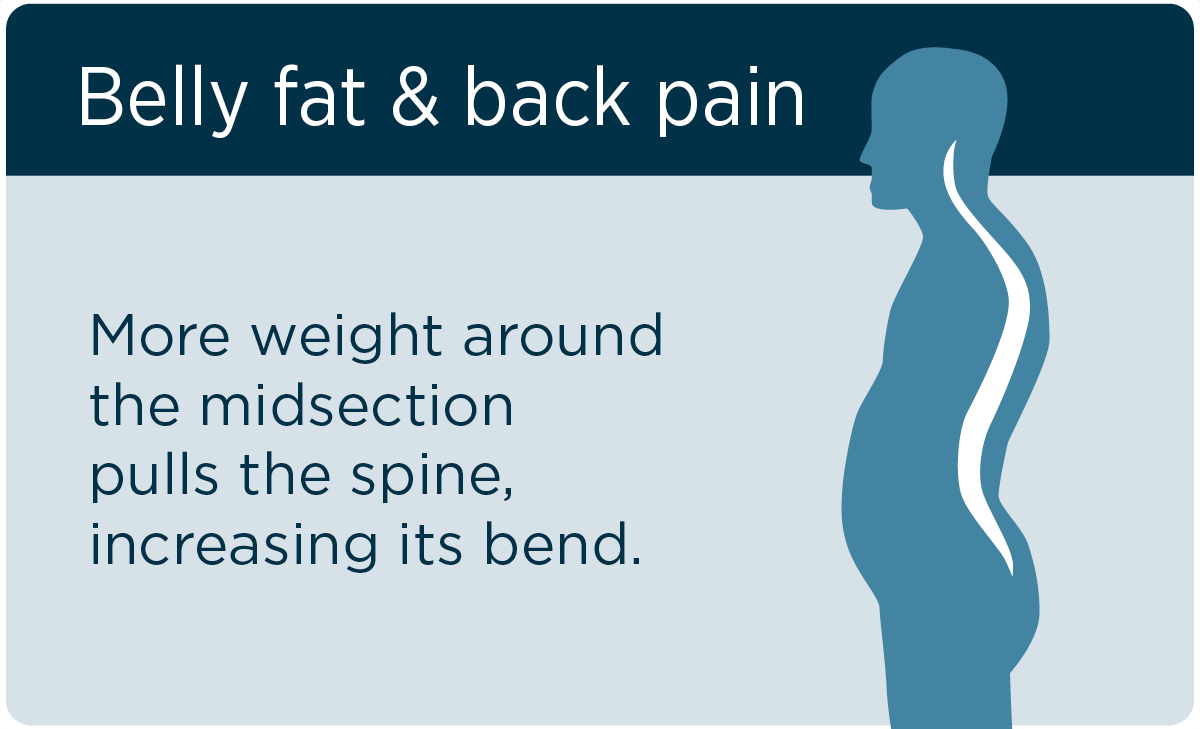
Every minute is critical to minimize the long-term effects of a stroke. Stroke is the fifth leading cause of death and the number one cause of serious, long-term disability.
When notified of a potential stroke, first responders will assess symptoms and stabilize the patient. Then, first responders will provide rapid transport to the nearest stroke center capable of treating acute stroke patients. EMS teams can bypass hospitals without stroke resources if a stroke center is within reasonable transport range, according to the American Heart Association and American Stroke Association.
Fast treatment impacts recovery
When the patient arrives, the stroke team will administer Alteplase, a clot-busting drug, if they qualify. The neurologist or emergency staff on duty assess severity and determine if they need to intervene further. This includes making a decision to transfer to another hospital for more specialized stroke services.
“A stroke patient loses 1.9 million neurons each minute stroke treatment is delayed,” said Dr. Vivekananda Gonugunta, endovascular neurosurgeon at Marshfield Clinic Health System. Dr. Gonugunta is one of only a few highly skilled endovascular neurosurgeons in the country.
“When a stroke occurs, the affected area is damaged and its functions are harmed or even lost. Having specialists ready at Marshfield Medical Center when patients arrive demonstrates our commitment to delivering advanced stroke treatments to patients quickly and safely.”
Advanced treatments in removal of clots or aneurysms
Dr. Gonugunta performs an “intra-arterial,” or endovascular, approach that allows him to treat many stroke patients up to 24 hours after onset. With the intra-arterial approach, the neuro-interventionist routes a microcatheter to the brain from the groin. This device, as narrow as a few strands of hair, can pull a clot out of the blocked blood vessel in the brain to re-establish circulation. This microcatheter also can deliver Clot-busting medication directly into the clot.
“Neuro-interventionists, like Dr. Gonugunta, have the specialty training to know the areas of the brain that blood vessels are feeding,” said Lori Heil, B.S.N., Marshfield Clinic Health System stroke program coordinator. “This allows them to assess and treat strokes with a high level of precision to decrease the impact or deficits after treatment.”
Blockage in a blood vessel that is in or going to the brain cause strokes. The rupture of an aneurysm, a bubble-like growth in a vessel, can also cause strokes. Ruptured aneurysms can often be treated by performing a “coiling” procedure, which is also done using the intra-arterial approach. However, this highly specialized procedure is not widely available at all hospitals. Patients have access to this service since Dr. Gonugunta is one of the only interventionists in central and northern Wisconsin able to perform this procedure.
Specialized stroke services
An interdisciplinary team of experts continues care for patients and supports families through recovery. Marshfield Medical Center in Marshfield, a certified Primary Stroke Center, provides critical and acute care units specifically for stroke patients. This includes an inpatient rehabilitation unit to help patients regain function and decrease deficits that are impairing independence.
The benefit of a rehabilitation unit is care from dedicated nursing paired with therapy services and education and support for families. Therapy services include physical, occupational, recreational therapy and speech therapy. Rehabilitation centers that provide the highest specialized care, like Marshfield Medical Center in Marshfield, have accreditation from the Commission on the Accreditation of Rehabilitation Facilities (CARF) for its stroke specialty programs. With this care, patients regain function and independence to return home.
Related Shine365 posts
BE FAST: Stroke warning signs
Stroke and women: Know the signs
Highs and lows: One patient’s path to stroke recovery






Leave a Reply